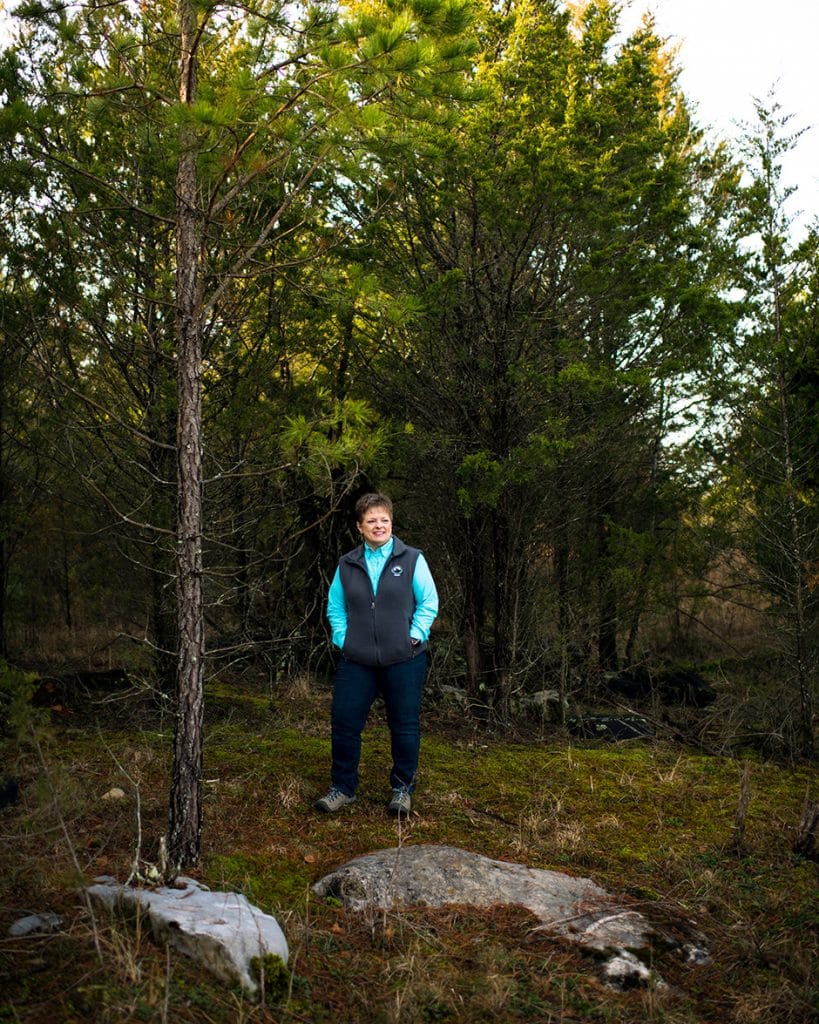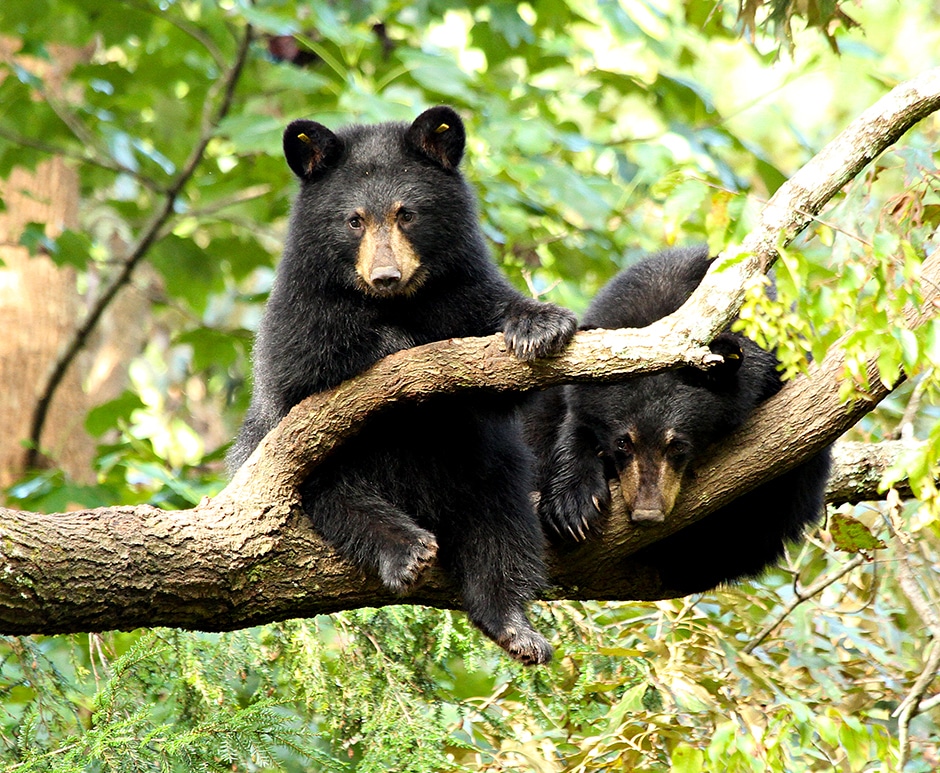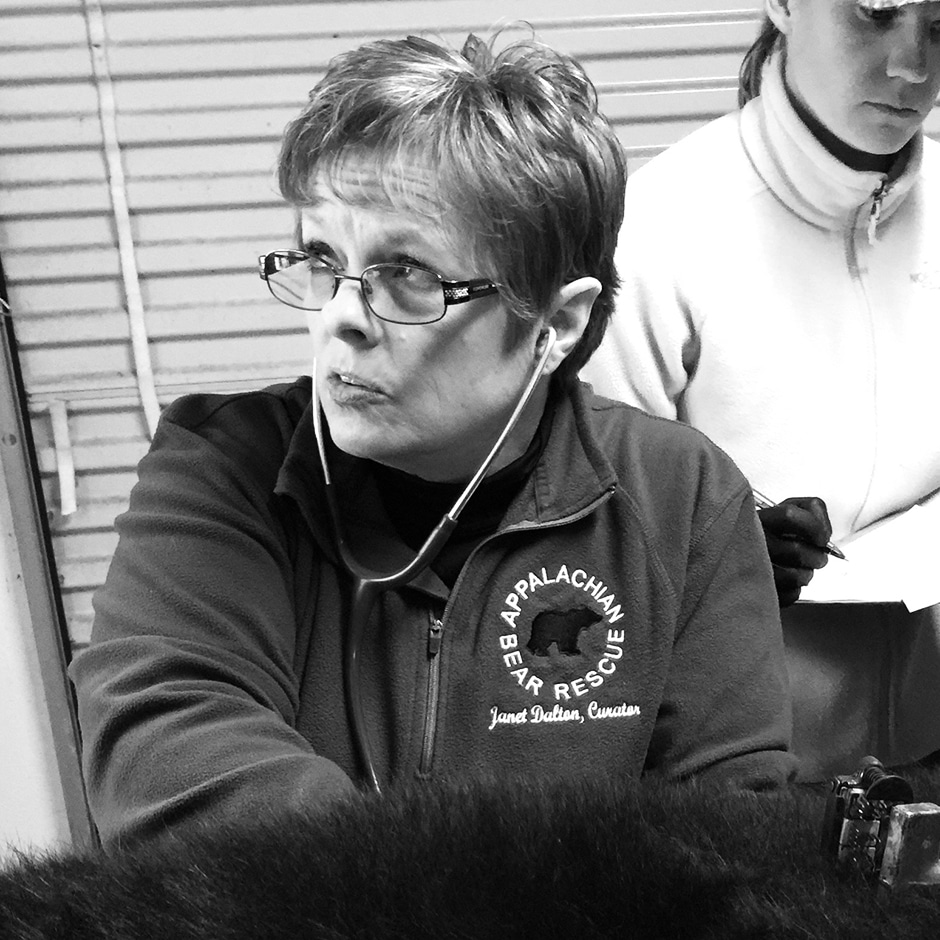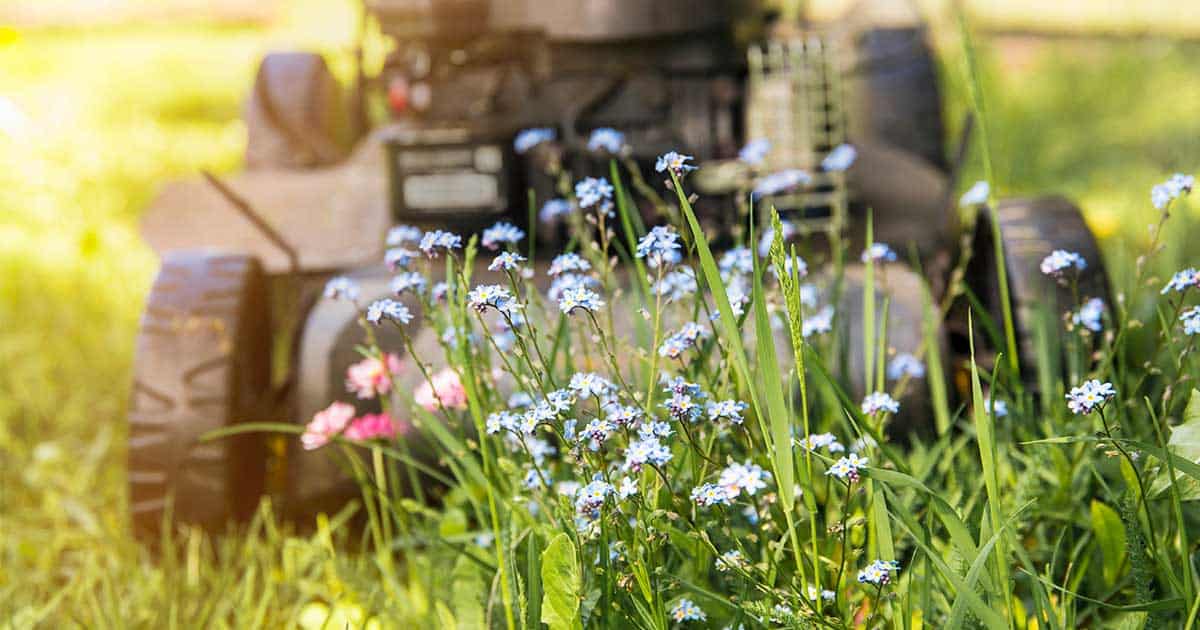Side Gig: Meet the Smoky Mountain Bear Wrangler
Janet Dalton used to be terrified of Tennessee’s black bears. Now she devotes every weekend to giving cubs a second chance.

Janet Dalton
Day Job
Federal-programs supervisor at the Hamblen County Department of Education
Side Gig
Bear-rescue curator
Lives In
Morristown, Tennessee
Every Friday, while her colleagues at Tennessee’s Hamblen County Department of Education are chatting about barbecues and soccer games, Janet Dalton is making a beeline for the door. An hour later, she’ll be navigating Knoxville traffic with her Westie terriers, Jake and Joey, at her side. By the time she hits Maryville on Highway 321, her weekend in the mountain mist is within view.
Her destination: Townsend, on the northwest edge of Great Smoky Mountains National Park. It’s where the Appalachian Bear Rescue cares for orphaned and injured black bear cubs and yearlings. Looking after bears all weekend is a surprising gig for someone who used to be terrified of them: At one point, Janet couldn’t even go on a hike without rushing to her car at the sound of a snapping twig.
Then, in 2007 at age 47, after she bailed on a mountain getaway with friends, her dad sat her down for a “scolding.” (In her gentle Tennessee accent, that sounds as loving as it does stern.) She remembers every word: “I didn’t raise you to be afraid of things. You need to educate yourself and get out there and enjoy the mountains.” Janet thought about her childhood summers spent splashing in Smoky Mountain creeks, about family picnics and the mama bear who once sent everyone scrambling for their cars after some men ventured toward her cubs.
“Janet’s inspiring story is the epitome of how education can transform fears into understanding and even something productive.”
—Jonathan
The following summer, in 2008, she traveled to Minnesota’s Northwoods, where the Wildlife Research Institute offers three-day courses for anyone who wants to learn how to coexist with bears. Her turnaround moment came when a black bear ambled near the field-study cabin. Watching through a window, she was stunned when he looked up. “I felt like I was seeing into his soul,” says Janet. “He wasn’t there to hurt anybody. He was trying to find something to eat to survive and move on.”

Hiking that fall, Janet met two volunteer coordinators with the Appalachian Bear Rescue. A school principal by then, she was a natural fit for the nonprofit. She started volunteering, teaching kids about leaving bears alone on trails and eliminating food sources that lead to unhealthy behaviors. Janet wouldn’t interact with the bears, but she was fine with that. “My passion wasn’t to get close to bears,” she says. “It was to protect them.”
Her hunger to learn impressed the staff. In 2013 executive director Dana Dodd asked her to apply for a weekend curator position helping to rescue bears that are injured or orphaned. “I knew I would be working seven eight-hour days a week, but I was so excited!” Janet says. She’s one of just five people who provide on-site care with backup from the University of Tennessee College of Veterinary Medicine in Knoxville. Newborns are bottle-fed, but as soon as they can lap from a bowl, they’re moved to cub houses so they don’t associate humans with food.

Eventually, the bears are released to half-acre outdoor enclosures. On her shifts, Janet tosses in apples, blueberries, and acorns from behind the barriers, switching up feeding times and scattering the food so the cubs have to forage as they would in the wild. Video cameras and monitors allow her to observe and share clips of them climbing and wrestling in Facebook Live sessions. “There’s always a mischievous one,” she says.
“It’s a celebration when a bear is released. When they bolt out of that crate, you can sense the joy they feel. It’s the most wonderful feeling in the world.”
—Janet Dalton
Curators try not to get attached, but with a nudge, Janet will tell you about a yearling found on a roadside bank in Kentucky: “It was February and he should have been nursing with his mom, but either they’d gotten separated or the mom got killed. He was so starved that his fur was coming off.” In the rescue’s care, he began to recover. “One day he had a five o’clock shadow—we were so excited!” says Janet. “He was gorgeous when he left.” It’s a celebration when a bear is released, she adds: “When they bolt out of that crate, you can sense the joy they feel. It’s the most wonderful feeling in the world.”
At 5 p.m. every Sunday, Janet loads her dogs for the drive—one hour, 39 minutes, door to door. Back home, she might do some laundry, but weekend tasks often get squeezed into the workweek. She thrives on the chance to make a difference: as a school administrator, empowering low-income students to find their way in the world and, as a curator, providing care that helps cubs make their way in the wild. “It’s so rewarding to have two careers where I get that sense of fulfillment,” she says. “I feel doubly blessed.”
By Ann Hinga Klein | Photograph by Jack Sorokin | Bear photo and black and white photo courtesy of Appalachian Bear Rescue
This article originally appeared in the Spring 2020 issue of Reveal, Drew & Jonathan’s lifestyle magazine.





